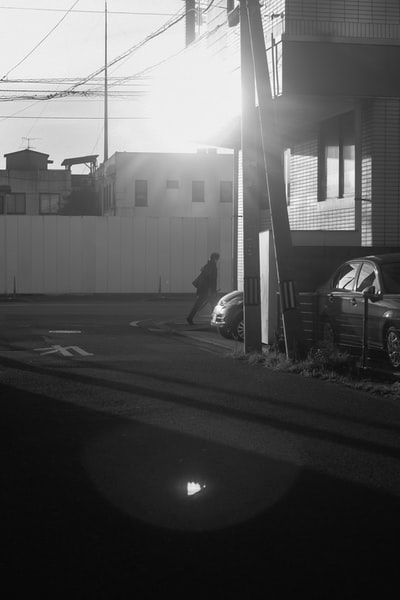Converging lenses

- – real
- – inverted
- – smaller than the object
- To form a real image with a converging lens the object needs to be beyond the principal focus (F). Three construction rays are used to find the location of the image.
- Ray 1: this ray is refracted through F after passing through the lens. This is because before the lens it was parallel to the principal axis.
- Ray 2: this ray passes through the middle of the lens and doesn’t change direction.
- Ray 3: this passes through F before reaching the lens. Therefore when it does pass through the lens it’s refracted so that it’s parallel to the principal axis.
The image produced is smaller due to the fact that the object’s distance from the lens is over two times the lens’ focal length.

Magnifying glasses work in another way. The object has to be between its principal focus and the lens. The image created is the same side as the object, upright and looks bigger than the actual object. In order to see the image you have to look through the lens. As you can see from the diagram, the image is actually smaller than the object.
Diverging lens
The image created by a diverging lens is also virtual and upright. However, the difference is that it’s smaller. Therefore a diverging lens couldn’t be used to magnify.